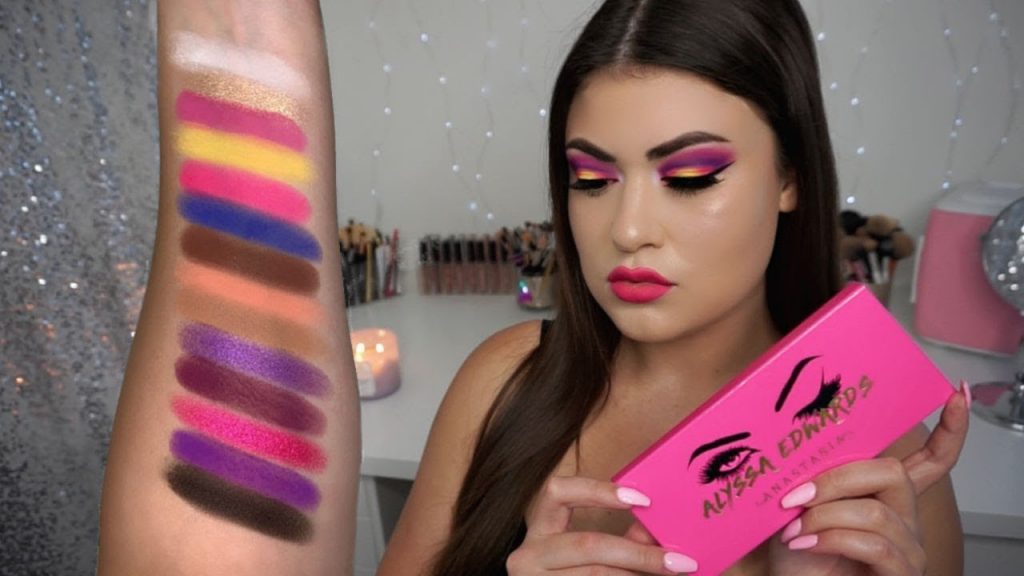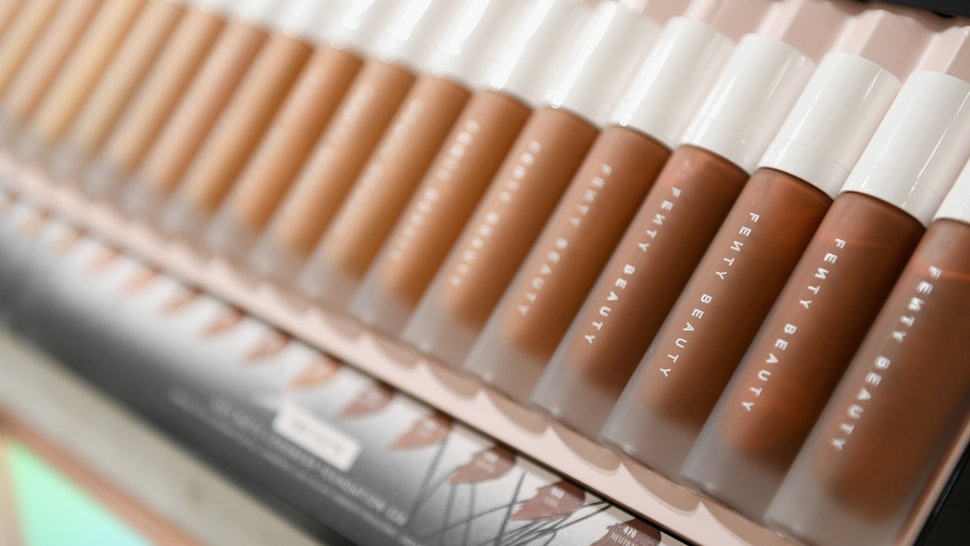By Rhiân Lock
Anastasia Beverly Hills (abbreviated as ABH continuing) has of recent years been one of the biggest dominators in the cosmetics industry, releasing products such as the Dipbrow Pomade and the Modern Renaissance eyeshadow palette, which have won an array of awards and solidified ABH’s place as a pinnacle in the beauty domain. Despite the brand’s American name, CEO Anastasia Soare is a Romanian immigrant who moved to the US in 1989 in search of better job opportunities. Soare is quoted as saying; “when I was growing up in Romania, it was quite impossible to do anything, especially as a woman.” Her past experience in Romania is a far cry from her enormous, international company that has been valued at over $3 billion. Soare’s identity as an immigrant is likely the foundation of her decision to collaborate with figures from minority backgrounds.
Recently, ABH has released collaborations with popular drag queen Alyssa Edwards, who rose to international fame after she competed on┬áRu Paul’s Drag Race┬áin 2013. Whilst she placed 6thon the show, she went on to become one of the biggest drag icons of her generation, going on to sell out shows across the globe and even gaining her own Netflix series following her dance school. Even before Edwards’ appearance on the show, ABH had been a sponsor of the show in previous series’, with the winners taking home a one-year supply of their products.┬á

Showcased by social media influencers such as Kim Kardashian, ÔÇÿnew’ techniques such as contouring and baking have boomed in the beauty community, with brands jumping on the hype and creating palettes and powders that help their consumers to achieve the desired look. However, the history of these techniques is often forgotten; both baking and contouring can be traced back to the LGBTQA+ community, with drag queens inventing tips and tricks to sculpt and feminise their faces. Therefore, it is important for brands such as ABH to give back to the drag community, as per their partnership with RPDR. However, it is one step further in the right direction to give a drag queen like Edwards her own chance to collaborate with them. When asked about the palette, Edwards said: “Makeup has empowered me since I was a little boy, and this collaboration has given me the opportunity to share that with the world.”
ABH has also received praise for their most recent collaboration with African American, YouTuber, and beauty guru Jackie Aina. Aina was a veteran before she delved into the online beauty community, and since she started her channel in 2009, she has amassed over 3,000,000 subscribers. For Aina, a chance to design her own palette was a chance to finally quench her need for a palette that complimented her skin tone. When asked about the inspiration behind her palette, Aina stated: “Every time I get palettes, I mentally have to fix them. I struggle with finding palettes with transition colours that are dark enough for me. They show up ashy, chalky, or too light.” By creating her palette, Aina has also afforded black consumers of ABH’s brand this opportunity.┬á

Brands like ABH deciding to give partnerships to people of minority backgrounds who are cruelly forgotten or under-represented in the beauty sphere is the first step towards admitting that there is a problem within the community. Fenty Beauty, owned by Caribbean-born A-lister Rihanna, began this conversation when they launched their first product, the Pro Filt’r Foundation, with 40 shades. This was a catalyst for other beauty brands to take a look at their ranges and future launches and forced them to accept their shortcomings. ABH’s recent collaborations are a thank you to the LGBTQA+ beauty community and the people of colour who consume their brand. This is hopefully just the beginning of their venture into a more inclusive beauty realm.


